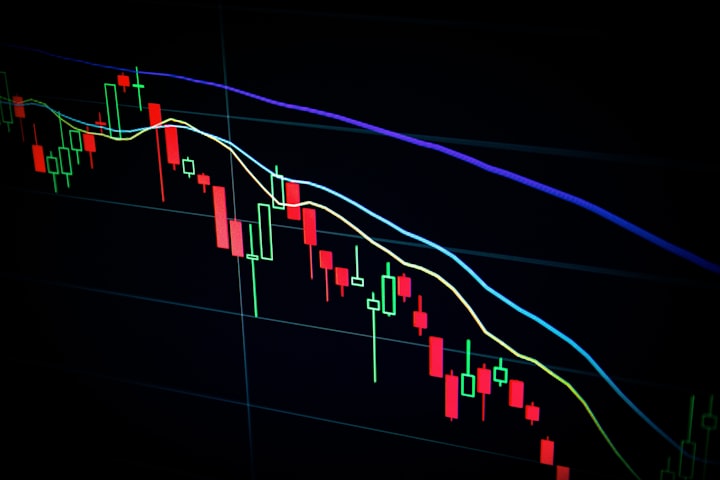Unlocking dApp Potential: Empowering Developers with GraphLinq Chain's Lua Script Integration
Today, we’re thrilled to unveil how even the most intricate tasks in dApp development can be effortlessly achieved, thanks to the powerful tools available on the Graphlinq platform!

Hello GraphLinq community!
I hope you're all as excited as I am about our recent announcement on Lua Script integration within the GraphLinq platform. In case you missed it, we discussed the incredible potential Lua brings to the table for dApp developers, particularly in crafting customized solutions and trading tools.
Today, I want to delve deeper into what this announcement means for you as a developer and how it opens up a world of possibilities in dApp creation.
Imagine you have a brilliant idea for a decentralized application but lack the programming expertise to bring it to life. Lua Script on GraphLinq offers a straightforward solution. With its user-friendly syntax and powerful capabilities, Lua empowers you to develop complex dApps without the steep learning curve traditionally associated with programming languages.
Let's take a practical example to illustrate the point. Suppose you want to build a Dextools Trending Tokens Sniper Bot, capable of buying and selling the top 5 trending tokens on Dextools based on specific criteria. Using Lua Script on GraphLinq, this process becomes not only achievable but also efficient.
Here's a simplified guide to get you started:
- Connect Your Wallet: Begin by connecting your wallet to the GraphLinq IDE using the "Connect To Wallet" button.
- Add ETH Block: Incorporate an Ethereum block into your setup to interact with the Dextools API and perform verifications for token purchases.
- First Subgraph Setup: Within the first subgraph, utilize Lua scripting to retrieve trending tokens, filter the top 5 tokens, and store their smart contract hashes in an array.
- Second Subgraph Setup: Design the second subgraph to manage token purchases, monitor price changes, and execute buying or selling actions based on predefined conditions.
By following these steps and leveraging Lua Script, you can create a sophisticated dApp that automates trading strategies and maximizes efficiency in token management.
But that's not all. We're also excited to announce that we'll be releasing a detailed step-by-step tutorial on YouTube, guiding you through every aspect of building your DApp masterpiece using Lua Script on GraphLinq. Stay tuned for this invaluable resource that will accelerate your journey into the world of decentralized applications.
In conclusion, Lua Script integration on GraphLinq Chain isn't just a feature; it's a game-changer for developers looking to unleash their creativity and build innovative dApps with ease. Join us on this exciting journey of exploration and empowerment in the realm of blockchain development.
Happy coding!
John Robert Bussiculo (jr00t)
CEO, GraphLinq Chain



